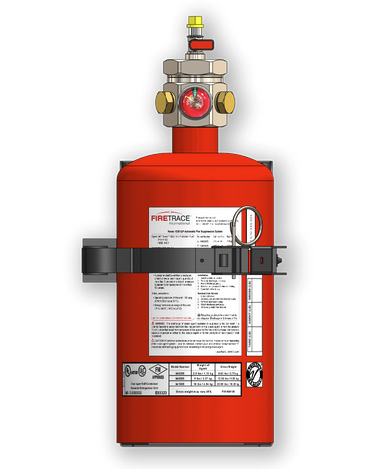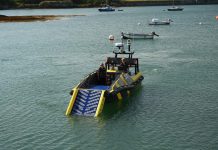The demand for fire suppression to be installed in renewable energy infrastructure is growing in emerging markets where the energy transition is picking up the pace. By contrast, 75 percent of project owners and operators in mature markets, such as the U.S., don’t seek out fire protection options until they experience a fire event, according to Firetrace International, a leading supplier of fire suppression technology to the global renewable industry.

With markets such as Latin America and the Caribbean anticipating 460 percent growth in large-scale solar and wind power capacity by 2030, and the Indian market having grown by 250 percent between 2014 and 2021, the accompanying appetite to protect new assets with solutions for risks, like fire, is growing in parallel.
The proactive approach to fire risk management in emerging markets is unlike the approach typically taken in mature markets, where investing to protect against fire risk in advance of an event is still relatively uncommon.
Since 2015, weather-related losses have tripled in the U.S., according to data from GCube Insurance’s “Hail or Highwater” report, and wildfires have posed the most consistent, year-round threat of damage to assets. Average asset downtime for a wind turbine after a catastrophic event in the U.S. is also 12 to 18 months, at a cost of $2,000/day in revenue.
And U.S. plans to push renewables farther offshore and farther into rural areas bring project risks into closer alignment with those in emerging markets due to the remoteness of these sites.
“We have noticed that owners and operators of renewable assets in emerging markets are more likely to take precautions to protect their investments than those in the markets we have traditionally served, and there is good reason for this,” said Joe DeBellis, Senior Global Sales Manager at Firetrace.
“However, this proactive attitude toward managing risk and ensuring that infrastructure sees out its expected operational lifetime should be universal rather than a trend in nascent renewable energy markets. The reality is that more mature markets are increasingly being exposed to extreme weather and are seeking out more remote locations for the deployment of renewable assets.
In this way, their risk profiles more closely resemble risk profiles in emerging markets, and they would benefit from adopting similar strategies to safeguard their projects.”
More info www.firetrace.com

























